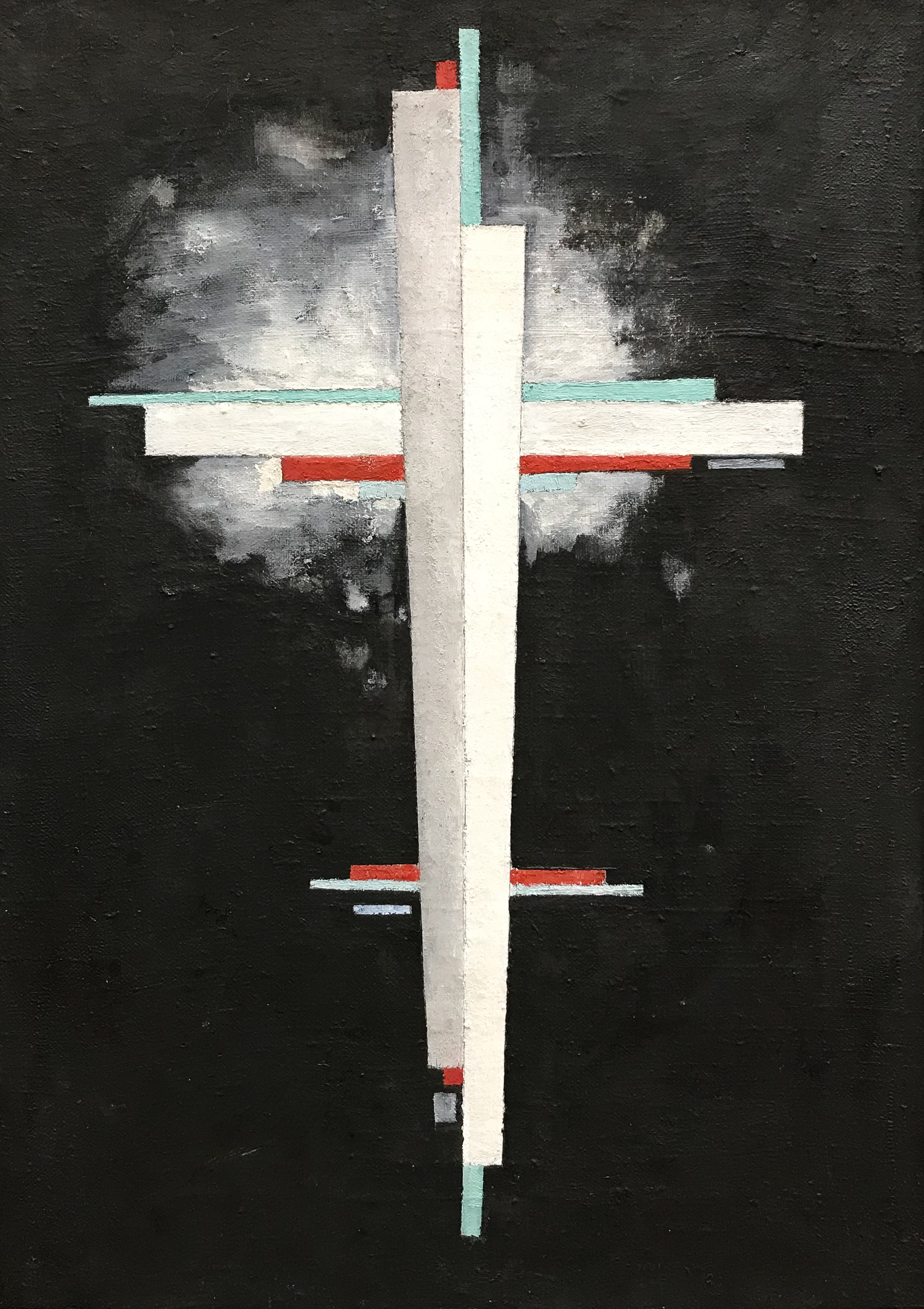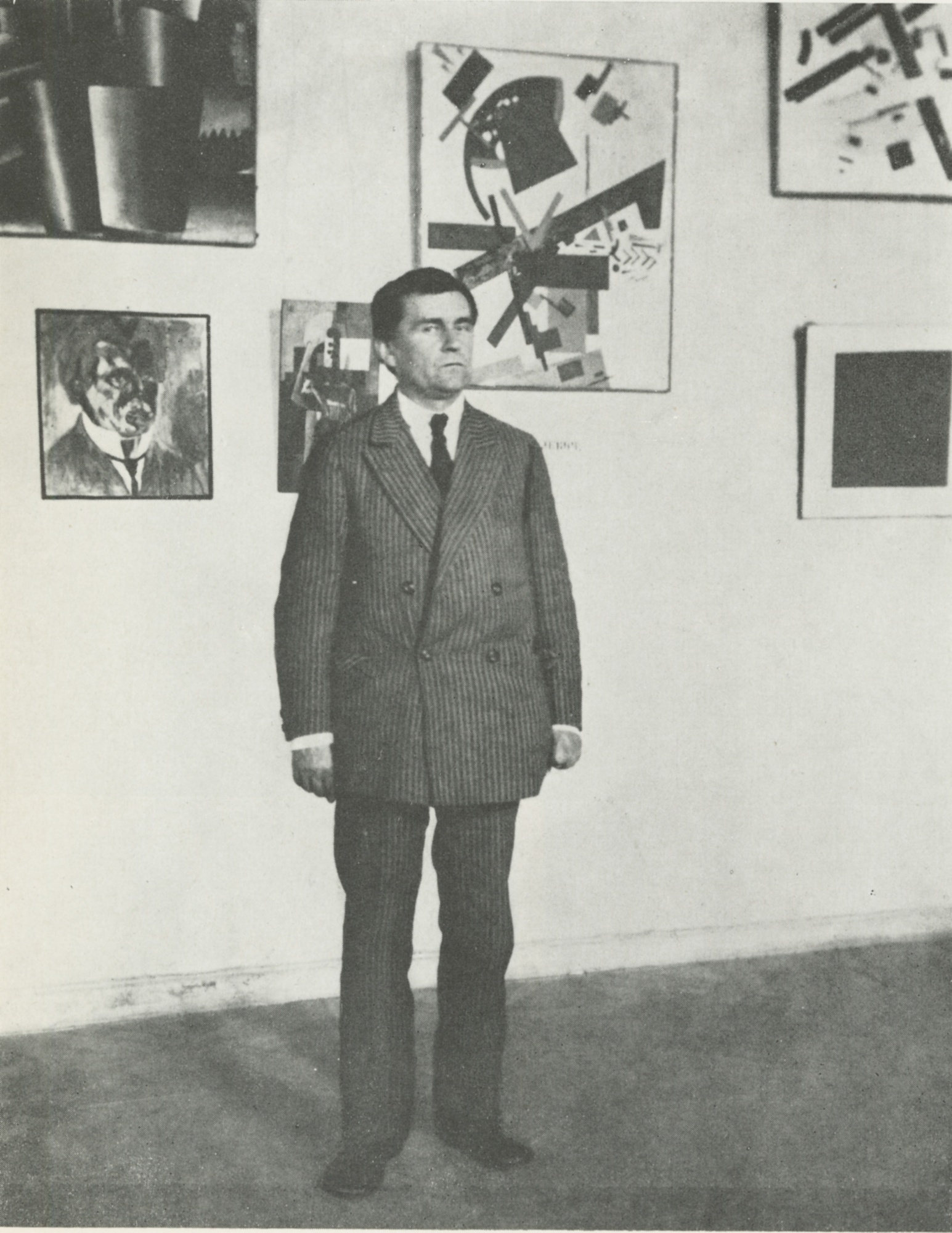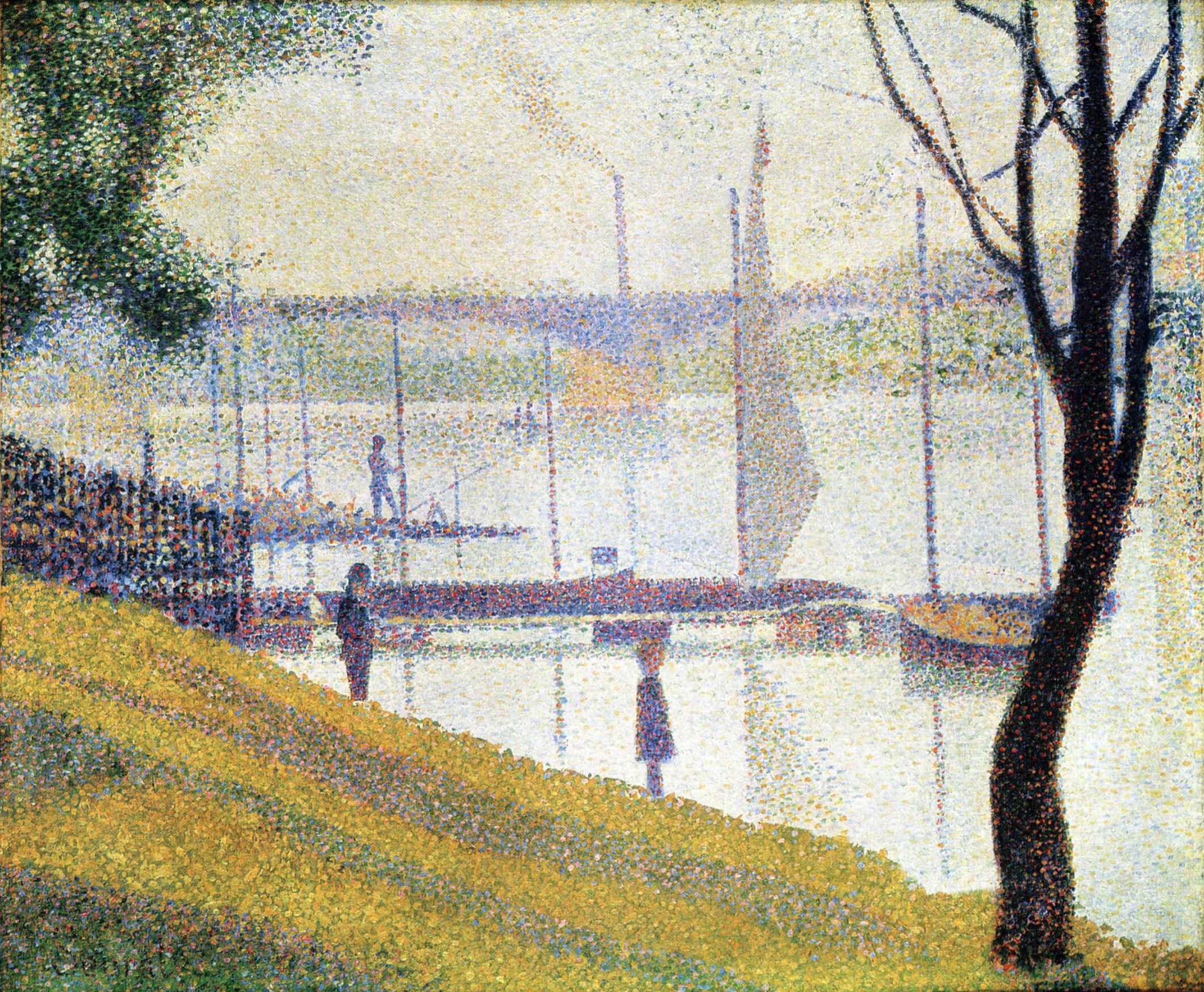|
Andrzej Nowacki (Artist)
Andrzej Nowacki (born 15 October 1953) is a Polish op art artist who lives and works in Berlin. Early life Andrzej Nowacki was born on 15 October 1953 in Rabka-Zdrój, Poland. He spent his youth in Kraków. His first artistic experience was in interior design and art restoration. In 1977 he left Poland to study Scandinavian languages at the University of Gothenburg and later Art History in Innsbruck, Austria. Career During the 1980s Nowacki discovered to himself Polish constructivism. Henryk Stazewski's art had an influence on the early works of Nowacki. Since the 1990s Nowacki had collaborated with Heinz Teufel, a collector who owned one of the most prestigious art galleries for concrete art in Europe, located in Cologne and later in Berlin. * 1994 Andrzej received a private scholarship in West Orange, New Jersey * 1997, 1998, 2000 and 2001 he participated in the workshops «Under the sign of Geometry» organized by Polish art critic Bozena Kowalska in Okuninka, Poland * 2 ... [...More Info...] [...Related Items...] OR: [Wikipedia] [Google] [Baidu] |
Rabka-Zdrój
Rabka-Zdrój (, Goral: ''Robka'', colloquially: ''Rabka'') is a spa town in Lesser Poland Voivodeship, Poland. It is located between Kraków and Zakopane in a valley on the northern slopes of the Gorce Mountains, where the rivers Poniczanka and Słonka join the river Raba. It has about 13,000 inhabitants. There is a substantial population of Gorals in the town. Rabka was always known for its salt-works, and from 1864 became a popular spa town. The first treatment centre for children was established a few years later and continues to this day. Hydrotherapy continues to be utilised in local hospital and sanatoriums. The Władysław Orkan Museum established in a former 17th-century larch-wood church, includes a collection of folk sculpture and paintings on glass. It also houses the "Order of the Smile Museum" (which children award to adults) and hosts events such as a winter carnival, the Carpathian Festival of Children's Regional Ensembles and the Mountain Children's Holiday I ... [...More Info...] [...Related Items...] OR: [Wikipedia] [Google] [Baidu] |
Lower Vítkovice
Lower Vítkovice (Czech: ''Dolní oblast Vítkovice'') is a national site of industrial heritage located in the Vítkovice (Ostrava), Vítkovice district of Ostrava in the Czech Republic. It includes an extensive industrial area Vítkovice ironworks with a unique collection of industrial architecture. A set of three successive parts - coal mine, coke ovens and blast furnace operations - also called Ostravian Hradčany, after Hradčany, the Castle District of Prague. The area is registered in the list of European cultural heritage, and was placed on the List of World Heritage Sites in the Czech Republic, Czech Republic's list of tentative UNESCO World Heritage Sites in 2001 under the name The Industrial Complexes at Ostrava. History The initial impetus for the establishment of the Vítkovice ironworks came Dec. 9, 1828 by Roman Catholic Archdiocese of Olomouc, Olomouc Archbishop Archduke Rudolf of Austria (1788–1831), Rudolf. Rudolph's Smelter operation was then launched in ... [...More Info...] [...Related Items...] OR: [Wikipedia] [Google] [Baidu] |
Op Art
Op art, short for optical art, is a style of visual art that uses distorted or manipulated geometrical patterns, often to create optical illusions. It began in the early 20th century, and was especially popular from the 1960s on, the term "Op art" dating to 1964. Op artworks are normally abstract, with some better-known pieces created in black and white. Typically, they give the viewer the impression of movement, hidden images, flashing and vibrating patterns, or swelling or warping. In contrast, the much older '' trompe-l'œil'' style always represents figurative subjects, which are shown with deceptive three-dimensionality. History Illusionism, focused on the perception of extended space within a flat picture, is found from the earliest points of art history. However, the antecedents of op art, in terms of graphic effects and concern for exotic optical illusions, can be traced back to Neo-Impressionism, Cubism, Futurism, Constructivism, and Dada. The Divisionis ... [...More Info...] [...Related Items...] OR: [Wikipedia] [Google] [Baidu] |
People From Rabka-Zdrój
The term "the people" refers to the public or common mass of people of a polity. As such it is a concept of human rights law, international law as well as constitutional law, particularly used for claims of popular sovereignty. In contrast, a people is any plurality of persons considered as a whole. Used in politics and law, the term "a people" refers to the collective or community of an ethnic group or nation. Concepts Legal Chapter One, Article One of the Charter of the United Nations states that "peoples" have the right to self-determination. Though the mere status as peoples and the right to self-determination, as for example in the case of Indigenous peoples (''peoples'', as in all groups of indigenous people, not merely all indigenous persons as in ''indigenous people''), does not automatically provide for independent sovereignty and therefore secession. Indeed, judge Ivor Jennings identified the inherent problems in the right of "peoples" to self-determination, as i ... [...More Info...] [...Related Items...] OR: [Wikipedia] [Google] [Baidu] |
Living People
Purpose: Because living persons may suffer personal harm from inappropriate information, we should watch their articles carefully. By adding an article to this category, it marks them with a notice about sources whenever someone tries to edit them, to remind them of WP:BLP (biographies of living persons) policy that these articles must maintain a neutral point of view, maintain factual accuracy, and be properly sourced. Recent changes to these articles are listed on Special:RecentChangesLinked/Living people. Organization: This category should not be sub-categorized. Entries are generally sorted by family name In many societies, a surname, family name, or last name is the mostly hereditary portion of one's personal name that indicates one's family. It is typically combined with a given name to form the full name of a person, although several give .... Maintenance: Individuals of advanced age (over 90), for whom there has been no new documentation in the last ten ... [...More Info...] [...Related Items...] OR: [Wikipedia] [Google] [Baidu] |
1953 Births
Events January * January 6 – The Asian Socialist Conference opens in Rangoon, Burma. * January 12 – Estonian émigrés found a government-in-exile in Oslo. * January 14 ** Marshal Josip Broz Tito is chosen President of Yugoslavia. ** The CIA-sponsored Robertson Panel first meets to discuss the UFO phenomenon. * January 15 ** Georg Dertinger, foreign minister of East Germany, is arrested for spying. ** British security forces in West Germany arrest 7 members of the Naumann Circle, a clandestine Neo-Nazi organization. * January 19 – 71.1% of all television sets in the United States are tuned into '' I Love Lucy'', to watch Lucy give birth to Little Ricky, which is more people than those who tune into Dwight Eisenhower's inauguration the next day. This record is never broken. * January 24 ** Mau Mau Uprising: Rebels in Kenya kill the Ruck family (father, mother, and six-year-old son). ** Leader of East Germany Walter Ulbricht announces that ... [...More Info...] [...Related Items...] OR: [Wikipedia] [Google] [Baidu] |
Ilya Chashnik
Ilya Grigorevich Chashnik (1902, Lucyn, Russian Empire, currently Ludza, Latvia – 1929, Leningrad) was a suprematism, suprematist artist, a pupil of Kazimir Malevich and a founding member of the UNOVIS school. Biography Chashnik was born to a Jewish family in 1902, Lucyn, Russian Empire, currently Ludza, Latvia. He started studying in Yehuda Pen's art school at Vitebsk when he was just eleven years old. He became a student of Marc Chagall. By 1918, he moved to Moscow to work in an art workshop directed by Kazimir Malevich. He returned after Malevich accepted a senior teaching position at ''Vitebsk School of Drawing and Painting.'' Chashnik was notably able in a variety of media. Aleksandra Semenovna Shatskikh describes him as "famous for his inexhaustible inventiveness and ability to apply Suprematist principles to virtually all forms of art, including easel painting." He painted, was proficient in metalwork, and designed ceramics produced at the Imperial Porcelain Factory, Sai ... [...More Info...] [...Related Items...] OR: [Wikipedia] [Google] [Baidu] |
Kazimir Malevich
Kazimir Severinovich Malevich (Запись о рождении в метрической книге римско-католического костёла св. Александра в Киеве, 1879 год // ЦГИАК Украины, ф. 1268, оп. 1, д. 26, л. 13об—14. – 15 May 1935) was a Russian avant-garde artist and art theorist, whose pioneering work and writing ... [...More Info...] [...Related Items...] OR: [Wikipedia] [Google] [Baidu] |
Bridget Riley
Bridget Louise Riley (born 24 April 1931) is an English painter known for her op art paintings. She lives and works in London, Cornwall and the Vaucluse in France. Early life and education Riley was born on 24 April 1931 in West Norwood, Norwood, London. Her father, John Fisher Riley, originally from Yorkshire, had been an Army officer. He was a printer by trade and owned his own business. In 1938, he relocated the printing business, together with his family, to Lincolnshire. At the beginning of World War II, her father, a member of the Territorial Army, was mobilised, and Riley, together with her mother and sister Sally, moved to a cottage in Cornwall.Mary Blume (19 June 2008)Bridget Riley retrospective opens in Paris''The New York Times''. They shared the cottage with an aunt who had studied at Goldsmiths, University of London, Goldsmiths' College, London and Riley attended talks given by a range of retired teachers and non-professionals.. She attended Cheltenham Ladies' C ... [...More Info...] [...Related Items...] OR: [Wikipedia] [Google] [Baidu] |
Josef Albers
Josef Albers ( , , ; March 19, 1888March 25, 1976) was a German-born American artist and Visual arts education, educator who is considered one of the most influential 20th-century art teachers in the United States. Born in 1888 in Bottrop, Westphalia, Germany, into a Roman Catholic family with a background in craftsmanship, Albers received practical training in diverse skills like engraving glass, plumbing, and wiring during his childhood. He later worked as a schoolteacher from 1908 to 1913 and received his first public commission in 1918 and moved to Munich in 1919. In 1920, Albers joined the Weimar Bauhaus as a student and became a faculty member in 1922, teaching the principles of handicrafts. With the Bauhaus's move to Dessau in 1925, he was promoted to professor and married Anni Albers, a student at the institution and a Textile arts, textile artist. Albers' work in Dessau included designing furniture and working with Glass making, glass, collaborating with established art ... [...More Info...] [...Related Items...] OR: [Wikipedia] [Google] [Baidu] |
Max Bill
Max Bill (22 December 1908 – 9 December 1994) was a Swiss architect, artist, painter, typeface designer, industrial designer and graphic designer. Early life and education Bill was born in Winterthur. After an apprenticeship as a silversmith during 1924–1927, Bill took up studies at the Bauhaus in Dessau under many teachers including Wassily Kandinsky, Paul Klee and Oskar Schlemmer from 1927 to 1929, after which he moved to Zurich. Work Art and design After working on graphic designs for the few modern buildings being constructed, he built his first work, his own house and studio (1932–3) in Zurich-Höngg.Max Bill , New York. From 1937 onwards he was a ... [...More Info...] [...Related Items...] OR: [Wikipedia] [Google] [Baidu] |
Abstract Art
Abstract art uses visual language of shape, form, color and line to create a Composition (visual arts), composition which may exist with a degree of independence from visual references in the world. ''Abstract art'', ''non-figurative art'', ''non-objective art'', and ''non-representational art'' are all closely related terms. They have similar, but perhaps not identical, meanings. Western art had been, from the Renaissance up to the middle of the 19th century, underpinned by the logic of Perspective (graphical), perspective and an attempt to reproduce an illusion of visible reality. By the end of the 19th century many artists felt a need to create a new kind of art which would encompass the fundamental changes taking place in technology, science and philosophy. The sources from which individual artists drew their theoretical arguments were diverse, and reflected the social and intellectual preoccupations in all areas of Western culture at that time. Abstraction indicates a departu ... [...More Info...] [...Related Items...] OR: [Wikipedia] [Google] [Baidu] |






